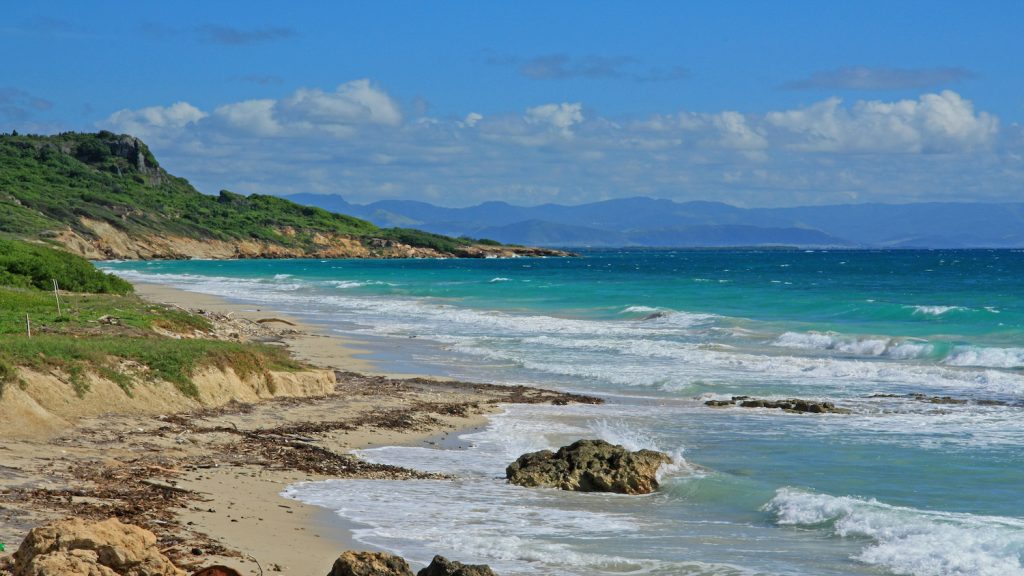Modeling Future Temperature and Precipitation for Puerto Rico and the U.S. Caribbean

Principal Investigator(s): Ryan Boyles and Adam Terando, USGS DOI Southeast Climate Science Center, Jaime Collazo, USGS NC Cooperative Fish and Wildlife Research Unit, Jared Bowden, UNC Institute for the Environment, William Gould, USDA Forest Service International Institute of Tropical Forestry, Vasu Misra, Florida State University
Project Completion: September 2016. This project has now been completed.
Implements Science Theme: 1 & 4
Overview
The global increases in surface air temperature are the most widespread and direct consequence of anthropogenic climate change. However, while 21st century temperatures are projected to increase in the Caribbean, the low variability and high average temperatures suggest that impacts on ecosystems and water resources are more likely through changes to the availability, timing, and pattern of moisture. The lack of local-scale climate model information that can resolve the complex topography and small scale climate features hinders the development of robust adaptation strategies. The goal of this project was to develop a suite of local-scale climate projections using dynamic downscaling to aid the development of adaptation strategies in Puerto Rico and the U.S. Virgin Islands (USVI). This project began by engaging the ecologists, hydrologists, and conservation biologists in the region to determine the most valuable types of information to aid research and decision making. The final product provides projections of future climate at a 2km horizontal resolution based on three global climate models and two regional climate models for a scenario with high greenhouse gas emissions. Results from the projections suggest that for Puerto Rico, annual temperature would increase between 1°C and 1.3°C by mid-century with larger temperature increases located in the interior portion of the island. Precipitation totals decrease for much of the island with island average decline between 12% and 19%, with some potentially large localized decreases exceeding 30%. The projected changes for the USVI are dominated by the surrounding ocean environment. The resulting projections will be provided to stakeholders in the region via the USGS and the Caribbean Landscape Conservation Cooperative.
More Information
- Read relevant webpost: SE CASC Researchers Simulate Climate Changes in Puerto Rico & U.S. Virgin Islands
